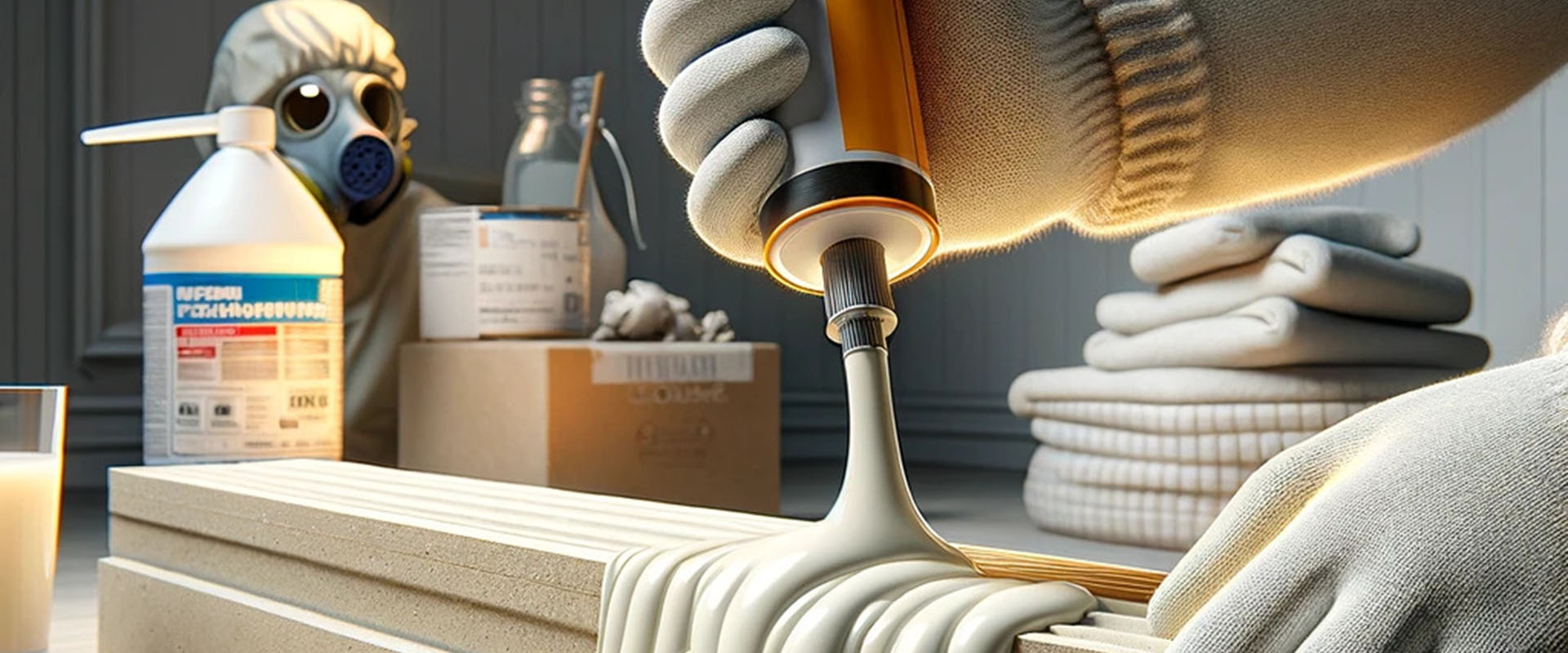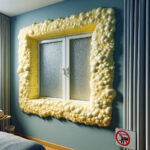The infiltration of cold air into homes is a major problem that can not only increase your heating bills but also reduce your comfort. Fortunately, effective solutions exist to remedy this situation. As Stéphanie Lévesque points out in her article for
La Presse, the installation of weatherstripping can be a simple and economical intervention to eliminate unwanted drafts. This detailed guide explores the different weatherstripping options available on the market, helping you choose the best solution to keep your home watertight.
This article will provide you with essential information about the different types of weatherstripping and how to install them correctly to maximize their effectiveness. We will guide you through the key steps for a well-insulated and comfortable home, free from the inconveniences of cold drafts.
Understanding Door Weatherstripping

Needs Assessment and Material Selection
- Types of Weatherstripping: Depending on their design and material, weatherstripping varies in effectiveness and durability. Popular options include vinyl, silicone, and metal.
- Fit with the Door: The choice of weatherstripping should correspond to the type of door (wood, metal, PVC) and its exposure to the outside elements.
Table 1: Comparison of Types of Weatherstripping
| Type of Weatherstripping |
Benefits |
Disadvantages |
Approximate Lifespan |
| Vinyl |
Economical, flexible |
Less durable in extreme temperatures |
2-3 years |
| Silicone |
Highly durable, flexible |
Higher cost |
5-8 years |
| Metal |
Durability, efficiency |
Complex, expensive installation |
10+ years |
Installation and Maintenance of Weatherstripping
Installation Instructions
- Surface Preparation: Clean the door frame thoroughly to remove any dirt or moisture that could compromise the adhesion of the weatherstripping.
- Measurement and Cutting: Accurately measure the length needed and cut the weatherstripping to the exact size to avoid any uncovered gaps.
- Fixation: Follow the manufacturer’s instructions for attaching the weatherstripping, using the adhesives or fasteners provided to ensure an optimal seal.
Tips for Maximum Effectiveness
- Check regularly: Inspect the weatherstripping each season to make sure it is not damaged or detached and replace it if necessary.
- Adjustments: If you notice drafts after installation, it may be necessary to readjust the weatherstripping to improve the seal.
Towards a Comfortable and Energy-Efficient Home
Installing adequate weatherstripping on your doors is a crucial step in increasing the comfort of your home while reducing energy costs. By choosing the right material and following recommended practices for installation and maintenance, you can significantly improve the insulation of your home. This guide aims to provide you with all the information you need to choose and install the best weatherstripping for your doors, allowing you to say goodbye to unwanted drafts and enjoy a warm and welcoming interior.
We hope this guide will help you make informed choices for insulating your home, ensuring comfort and energy savings all year round.





